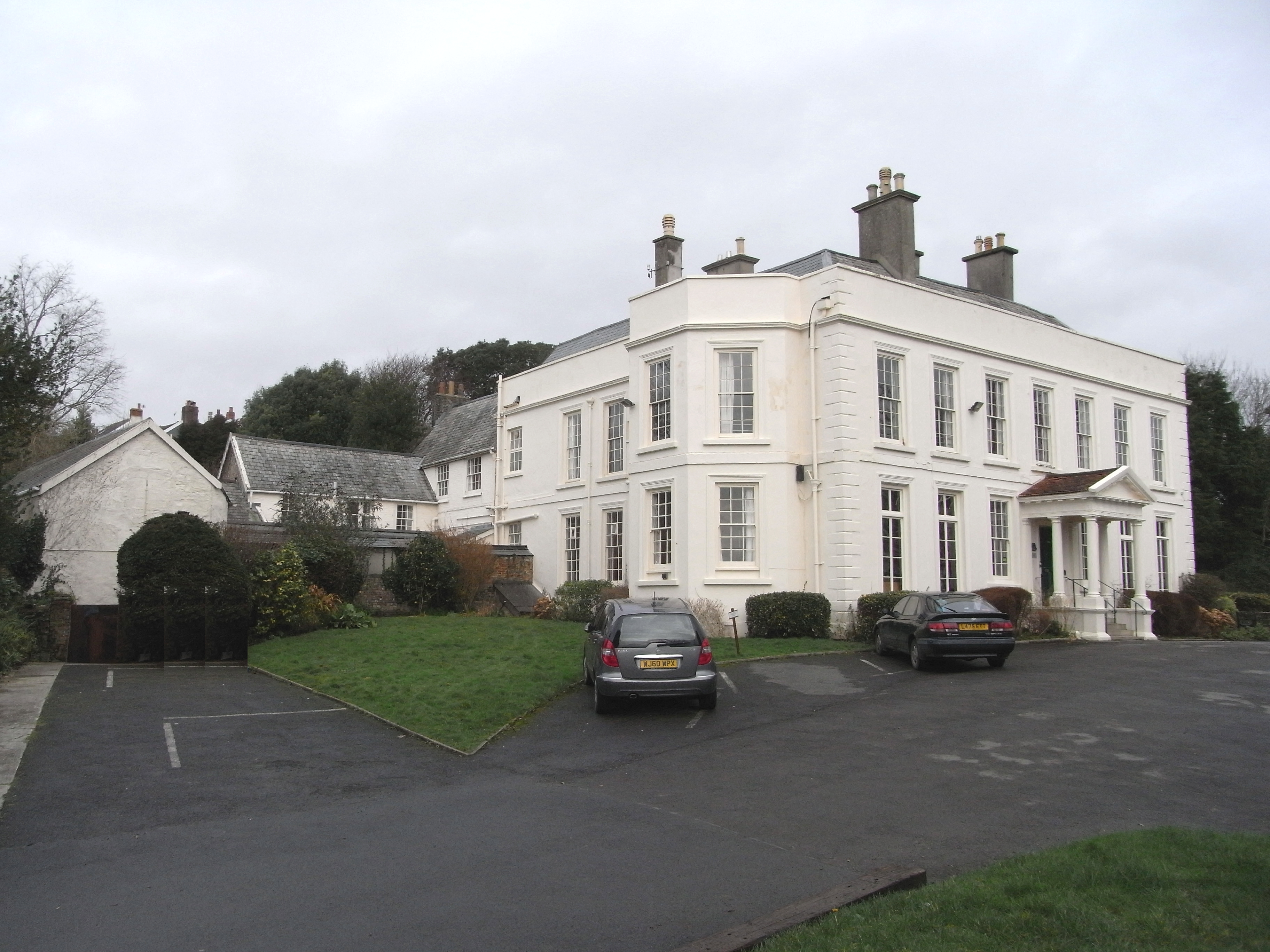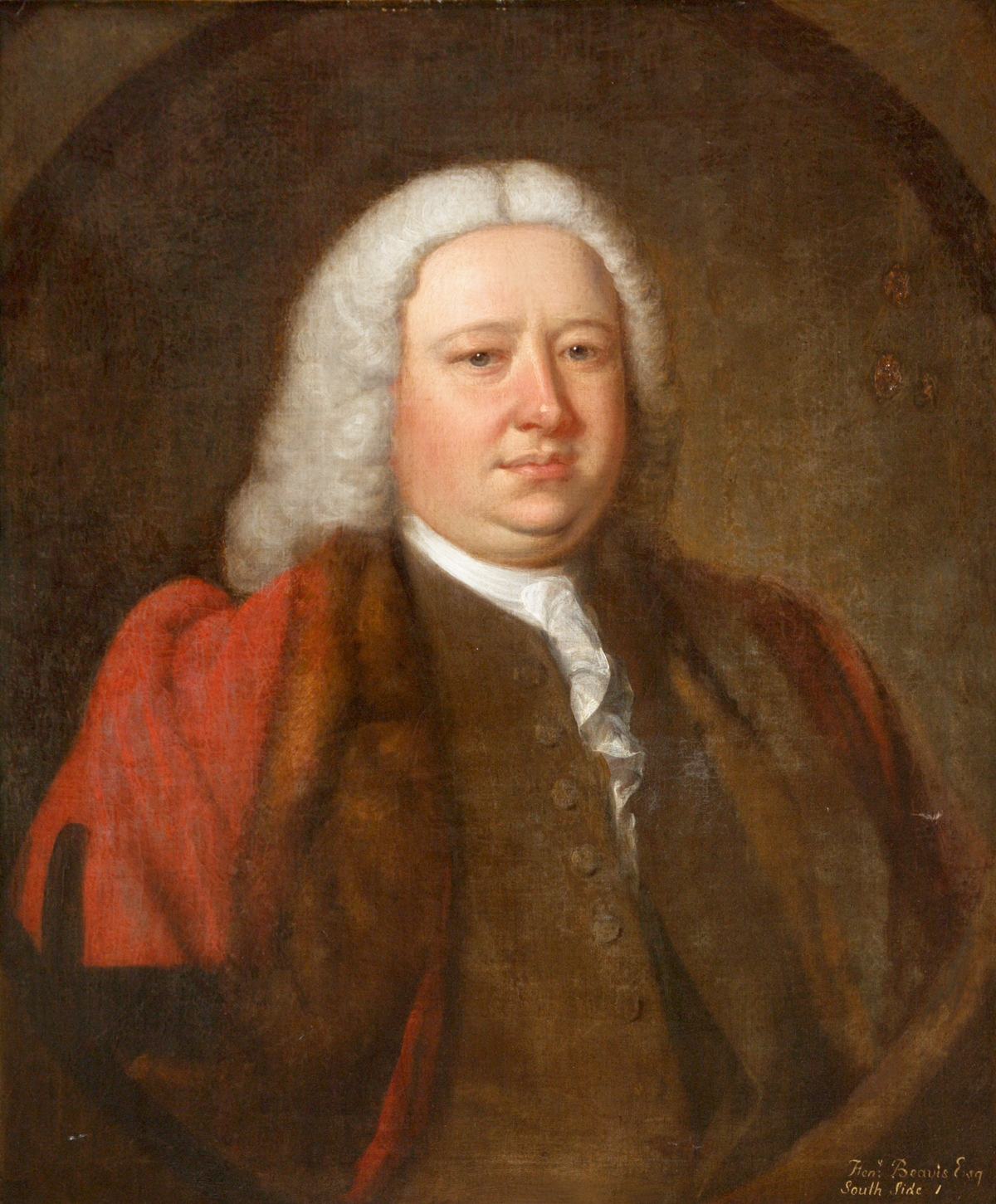Benjamin Incledon on:
[Wikipedia]
[Google]
[Amazon]

 Benjamin Incledon (1730–1796) (pronounced "Ingledon") of Pilton House, Pilton, near Barnstaple in North
Benjamin Incledon (1730–1796) (pronounced "Ingledon") of Pilton House, Pilton, near Barnstaple in North
 *Robert Newton Incledon (1761–1846), eldest son and heir, who in 1797 married Elizabeth Beavis, the adopted daughter of Col. Henry Beavis of
*Robert Newton Incledon (1761–1846), eldest son and heir, who in 1797 married Elizabeth Beavis, the adopted daughter of Col. Henry Beavis of
http://www.nationaltrustcollections.org.uk/object/726132] She died without children.

Devon
Devon ( , historically known as Devonshire , ) is a ceremonial and non-metropolitan county in South West England. The most populous settlement in Devon is the city of Plymouth, followed by Devon's county town, the city of Exeter. Devo ...
, was an English antiquarian and genealogist. He served as Recorder of Barnstaple
The Recorder of Barnstaple was a recorder, a form of senior judicial officer, usually an experienced barrister, within the jurisdiction of the Borough of Barnstaple in Devon. He was usually a member of the local North Devonshire gentry. The po ...
(1758–1796).
Origins
Incledon was baptised at Pilton, near Barnstaple, Devonshire, on 6 June 1730. He was the second son and heir ofRobert Incledon
Robert Incledon (1676–1758) of Pilton House, Pilton, near Barnstaple in North Devon, was a lawyer of New Inn, London, a Clerk of the Peace for Devon, Deputy Recorder of Barnstaple and was twice Mayor of Barnstaple, in 1712 and 1721. ...
(1676–1758), builder of Pilton House, Deputy Recorder of Barnstaple and twice Mayor of Barnstaple, in 1712 and 1721, by his second wife, Penelope Sandford, daughter of John Sandford of Ninehead, Somerset. His father was buried at Pilton on 9 December 1758, aged 83, and his mother likewise on 30 April 1738. His family originated in the 12th century at the estate of Incledon in the parish of Braunton
Braunton is a large village, civil parish, ecclesiastical parish and former manor in Devon. The village is situated west of Barnstaple. It is one of the largest villages in Devon with a population at the 2021 census of 10,217 people. There ...
, near Barnstaple, in North Devon, and in 1319 purchased the adjoining estate of Buckland, which they later made their principal seat.
Career
Benjamin Incledon was educated atBlundell's School
Blundell's School is a co-educational day and boarding independent school in the English public school tradition, located in Tiverton, Devon. It was founded in 1604 under the will of Peter Blundell, one of the richest men in England at the t ...
in Tiverton, Devon, and in 1765 was elected as a feoffee
Under the feudal system in England, a feoffee () is a trustee who holds a fief (or "fee"), that is to say an estate in land, for the use of a beneficial owner. The term is more fully stated as a feoffee to uses of the beneficial owner. The use ...
of that foundation. He was also a trustee of Comyn or Chilcott's free English school at Tiverton.
With an ample patrimony, he interested himself all his life in the ancient families of Devonshire. The Devon historian Richard Polwhele
Richard Polwhele (6 January 1760 – 12 March 1838) was a Cornish clergyman, poet and historian of Cornwall and Devon.
Biography
Richard Polwhele's ancestors long held the manor of Treworgan, 4 3/4 miles south-east of Truro in Cornwall, whi ...
referred to his skill in compiling pedigrees, and the ''Stemmata Fortescuana'', which he drew up in 1795, form the basis of the genealogies in Lord Clermont's "History of the Family of Fortescue". For some unknown reason he refused to submit his pedigrees to the inspection of Polwhele, who thereupon addressed to him an angry letter, which is printed in the 'Gentleman's Magazine
''The Gentleman's Magazine'' was a monthly magazine founded in London, England, by Edward Cave in January 1731. It ran uninterrupted for almost 200 years, until 1922. It was the first to use the term '' magazine'' (from the French ''magazine' ...
' for April 1791, p. 308, and in his 'Traditions,' i. 258–9.
Incledon printed at Exeter, in 1792, at his own expense, for the use of the governing body, a volume entitled "Donations of Peter Blundell and other Benefactors to the Free Grammar School at Tiverton", which was reprinted by the trustees, with notes and additions, in 1804 and 1826. He was thus the first historian of Blundell's School. The ''Register of Blundell's School'' (1904) states:
"At Blundell's he is remembered by many gifts and institutions, such as the picture of Samuel Wesley in the Library, the Register, the manuscript volume he compiled on the donations of Peter Blundell given by him to the Feoffees and now in the possession of the Governors; by the same book published at his own expense in 1792, the frontispiece therein now used on all the School Prizes and Books; the pictures of Blundell and Popham in the Big School. Although these pictures were received after his death, their receipt was doubtless due to his exertions".His account of St. Margaret's Hospital at Pilton appeared in the ''Archæologia'', xii. pp. 211–14. His manuscript collections on the Fortescues are deposited with Lord Fortescue at Castle Hill. The rest of his papers seem to have been dispersed. From 1758 until his death he was Recorder of Barnstaple, and took great delight in its municipal records. In Gribble's "Memorials of Barnstaple" (1830) are copies of his lists of its mayors and members.
List of works
*Copies of inscriptions on monuments and tombstones in the churches and churchyards of 128 Devonshire parishes, situated in the rural deaneries of Barnstaple, Shirwell, South Molton, Chumleigh, Torrington, Hartland, Holsworthy, Tiverton, Collumpton, Honiton, Aylesbeare, Ottery and Moreton. Transcribed in the years, 1769–72, 1774–6, 1779–81 and 1788–93. In three volumes formerly held in the Muniment Room of the North Devon Athenaeum, Barnstaple, now in the North Devon Record Office, Barnstaple.Marriage and children
In 1757 at Tiverton he married Margaret Newton (died 1803), second daughter and co-heiress of John Newton of Tiverton. She died at the Castle, Barnstaple, on 8 September 1803. He left children including: *Robert Newton Incledon (1761–1846), eldest son and heir, who in 1797 married Elizabeth Beavis, the adopted daughter of Col. Henry Beavis of
*Robert Newton Incledon (1761–1846), eldest son and heir, who in 1797 married Elizabeth Beavis, the adopted daughter of Col. Henry Beavis of Yeotown, Goodleigh
Yeotown was a historic estate situated in the parish of Goodleigh, North Devon, about 1 1/2 miles north-east of the historic centre of Barnstaple. The mansion house was remodelled in about 1807 in the neo-gothic style by Robert Newton Incledo ...
, son of Henry Beavis, Mayor of Barnstaple in 1738 and 1751, the latter whose portrait survives in Barnstaple Guildhall. On 5 July 1803 Henry Beavis was appointed by the King as Lieutenant-Colonel Commandant (of 441 men) of the Barnstaple Volunteer Infantry (one of several regiments then being raised nationwide to defend against a possible French invasion by Napoleon) and in 1826 was trustee of the Barnstaple charity established by the will of John Phillips (died 1734), whose executor had been the Colonel's father Henry Beavis. The senior line of the family of Beavis had been from the 16th century lords of the manor of Clyst Satchville, Devon. In 1822 Clist House was the seat of Lord Graves, whose father Lord Graves had purchased it from the executors of "Miss Beavis" (died 1801). In 1806 Robert sold Pilton House to James Whyte and in 1807 was resident at Yeotown House, the mansion house on his wife's family estate of Yeotown, which he re-built with neo-Gothic facade of his own design, of which survives today only a castellated lodge with two square towers and a crenellated bow-window, known as Ivy Lodge. Robert purchased the manor of Goodleigh, whose tenants were exempt from toll at the markets and fairs at Barnstaple, from the Rashleigh family. He left two daughters, including Margaret Incledon, the last of the Incledon family, alive in 1890, jointly lords of the manor of Goodleigh in 1850. The large inscribed grave-slab of Robert and his wife Elizabeth survives in the south aisle of the chancel of Pilton Church.
*Betty Incledon (1738-), who in 1782 married Thomas Rose Drew (1740–1815) of Wooton FitzPaine, who inherited The Grange, Broadhembury, Devon, on the death of his elder brother. Individual oval portraits Betty and her husband painted by Lewis Vaslet
Lewis II Vaslet (1742–1808) was an English portrait painter. His most common works were small or Portrait miniature, miniature oval pastels in the style of the Irish painter Hugh Douglas Hamilton (–1808), showing head and shoulders at 3/4 ...
(1742–1808) survive in the collection of Dunster Castle
Dunster Castle is a former motte and bailey castle, now a English country house, country house, in the village of Dunster, Somerset, England. The castle lies on the top of a steep hill called the Tor, and has been fortified since the late Anglo- ...
in Somerset.http://www.nationaltrustcollections.org.uk/object/726132] She died without children.
Death
Incledon died at Barnstaple, after a long illness, on 7 Aug. 1796.References
{{DEFAULTSORT:Incledon, Benjamin 1730 births 1796 deaths 18th-century British writers English genealogists Writers from Barnstaple People educated at Blundell's School Historians of Devon English antiquarians Benjamin